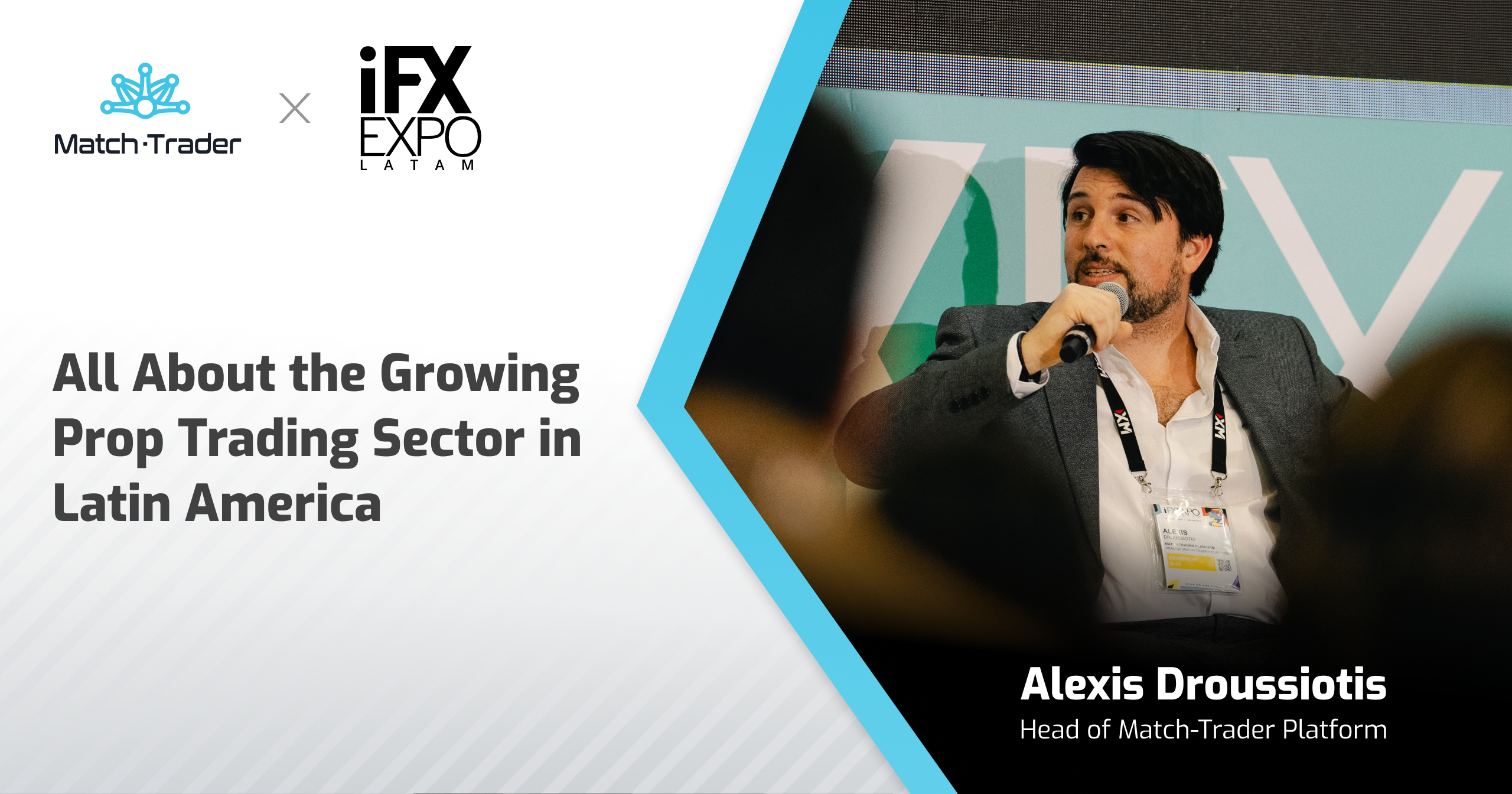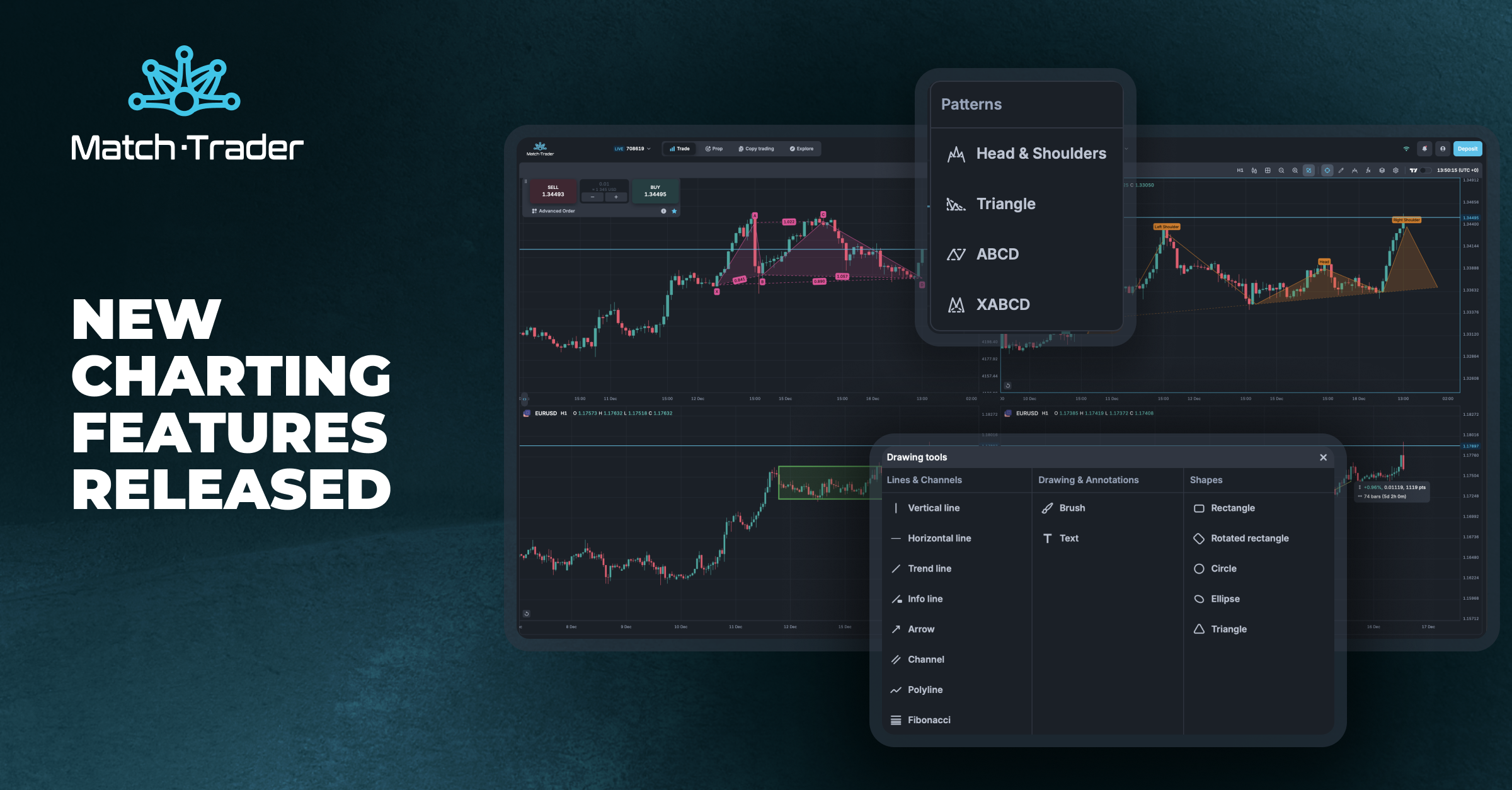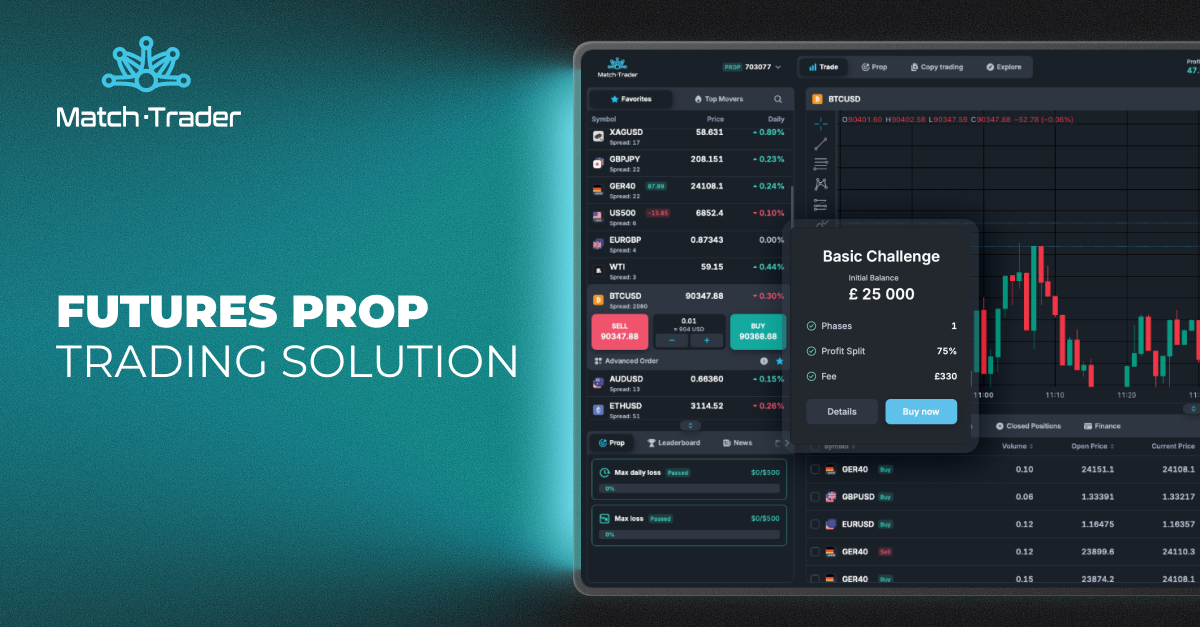Over the past few years, prop trading has really taken off as a major force in financial markets. Latin America, in particular, has seen incredible growth in this area. During a recent panel at iFX EXPO Latam, experts shared eye-opening insights into where the prop trading sector is heading. The discussion revealed not only the momentum it has gained but also highlighted the real challenges that firms are currently grappling with.
The LATAM Opportunity: A Market Ready for Growth
Despite Latin America’s substantial population of over 660 million people, the region has historically shown lower online trading penetration. However, this is rapidly changing, especially in Spanish-speaking countries, as there’s much more knowledge flowing into the region, and we’re getting more substantive conversations specifically about prop trading. A year–two years ago, some people didn’t even understand how the concept differed from traditional trading. There was a fear of its being an unstable, unregulated market that was still emerging.
Now, the appeal of prop trading in LATAM is particularly strong because of local economic conditions. High youth unemployment rates and concerns about inflation make it an attractive alternative. “You trade with the firm’s money, you have a low barrier to entry, you don’t have to study, you don’t need any specific degrees—it’s a perfect way to actually take it as a career,” says Alexis Droussiotis, Head of Match-Trader Platform. Also, we see prop trading growing faster than self-funded brokerage accounts among new generations of traders due to accessibility challenges. Many are starting on platforms like Match-Trader, which are available in their region.
Building Trust in Emerging Markets
One of the biggest challenges for prop firms entering LATAM markets is establishing trust. Unlike the more mature markets in Europe, where digital marketing can be effective, they require a more personal approach. “Traders want to have a relationship with people that they actually know. You can’t be throwing ads from miles away and expect them to follow you. You need to do this through events, trade shows, word-of-mouth marketing, use of regional influencers, educators, courses,” explains Head of Match-Trader. Furthermore, having a proven track record of consistently paying every single trader and being well-capitalised helps prop firms demonstrate that they are not just sustainable businesses but also understand the stakes involved.
Technology and Risk Management: Advice for LATAM-Targeted Firms
The prop trading industry has undergone a dramatic transformation over the past two years, but while most firms compete on price, the smart money is on those prioritising risk management, technology and building credibility. Without a risk-first mindset, additional business efforts become inconsequential when faced with inevitable challenges.
The threats continue to evolve in complexity, with prop traders constantly trying to game systems, whether through execution speed exploits or infrastructure-level manipulation. Defence mechanisms exist within current tech frameworks, derived largely from traditional brokerage systems, but their implementation necessitates serious investment in data analysis tools, agile risk teams and quant specialists.
The Regulation Question
Prop trading is at a regulatory crossroads, where many prominent players are embracing increased oversight as a market cleanser rather than a burden. Industry experts argue that regulation will remove underfunded and unethical operators while building crucial trader trust—a belief driving many firms to proactively adopt brokerage-style compliance measures such as KYC procedures and net capital reserves.
Anticipated focus areas include net capital requirements, transparency in marketing, disclosures related to risk management and well-defined challenge fee regulations. Interestingly, this regulatory push may accelerate growth in markets like Latin America, where prop trading’s lower barriers to entry could stimulate faster adoption than traditional brokerage models. Although LATAM’s fragmented regulatory environment creates challenges for brokers across various jurisdictions, prop trading’s simplified structure allows more operators to serve local users effectively, potentially creating a quicker route to market maturity compared to more developed regions.
Why Brokers Are Missing the Prop Trading Opportunity
Despite having all the pieces in place—the infrastructure, capital, clientele and market expertise in place, traditional brokers remain surprisingly cautious about entering prop trading in emerging markets like LATAM. While regulation uncertainty plays a role, the real barriers are more organisational than operational.
Some executives worry about diluting high-margin forex operations, but this overlooks prop trading’s potential as a strategic diversification tool. Smart brokers can use their existing infrastructure and marketing channels to capture new revenue streams, re-monetising dormant leads and re-engaging affiliate networks. Success primarily depends on strategic execution and effective management of internal politics, rather than wholesale business transformation.
Looking Ahead: The Future of Prop Trading
The prop trading sector in emerging markets, such as those in Latin America, encounters both significant challenges and substantial opportunities. Key issues like trust, regulation and risk management persist, yet the sector’s intrinsic advantages—accessibility, professional development and capital access—consistently fuel its growth. According to iFX EXPO panellists, achieving success in this field requires modern technology, risk controls and deep local market expertise. As regulatory environments evolve, firms that emphasise these foundational elements while building trust within LATAM are positioned to dominate the landscape.
Want to hear more from top industry experts? Watch the full panel session.



